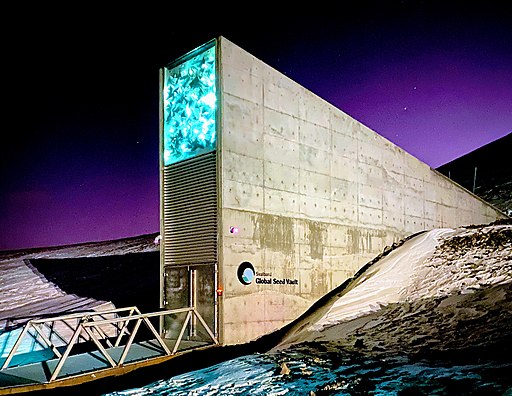Brick and spring on a conveyor#
I decide to set up a very elaborate physics apparatus consisting of a 4 kg brick, which is attached to the wall with a spring, placed on a conveyor belt. The end of the spring starts out 2 m from the wall, and its rest length is 2 m. The spring constant of the spring is k = 6.45 \(N \over m\). The coefficient of kinetic (sliding) friction is \(\mu_k\) = , and the coefficient of static friction is \(\mu_s\) = .
Part 1#
I turn the conveyor belt on to accelerate the brick gently forwards in such a way that the brick stays IN PLACE upon the belt. Draw a free body diagram for the situation. When uploading your diagram, make sure that it is a pdf, titled, “freebody.pdf”.
Answer Section#
File upload box will be shown here.
Part 2#
What is the maximum possible acceleration the belt can have for the brick to stay in place upon it WHEN THE BRICK IS 2 m from the wall?
Answer Section#
Please enter in a numeric value in \(m/s^2\).
Part 3#
Explain your answer from the previous section.
Answer Section#
Answer in 3-4 sentences, try and use full sentences.
Part 4#
What would have happened to the brick (when it is 2 m from the wall) if I had set the conveyor belt to accelerate more rapidly than your answer from part 2? (Explain with words and numbers)
Answer Section#
Answer in 3-4 sentences, try and use full sentences.
Part 5#
Once the brick has moved too far from its original location, the spring will begin to pull it back towards the wall. The brick will then move back and forth until it settles down to a new equilibrium position. Determine the location of the final equilibrium position in relation to the wall.
Answer Section#
Please enter in a numeric value in m.
Attribution#
Problem is licensed under the CC-BY-NC-SA 4.0 license.

